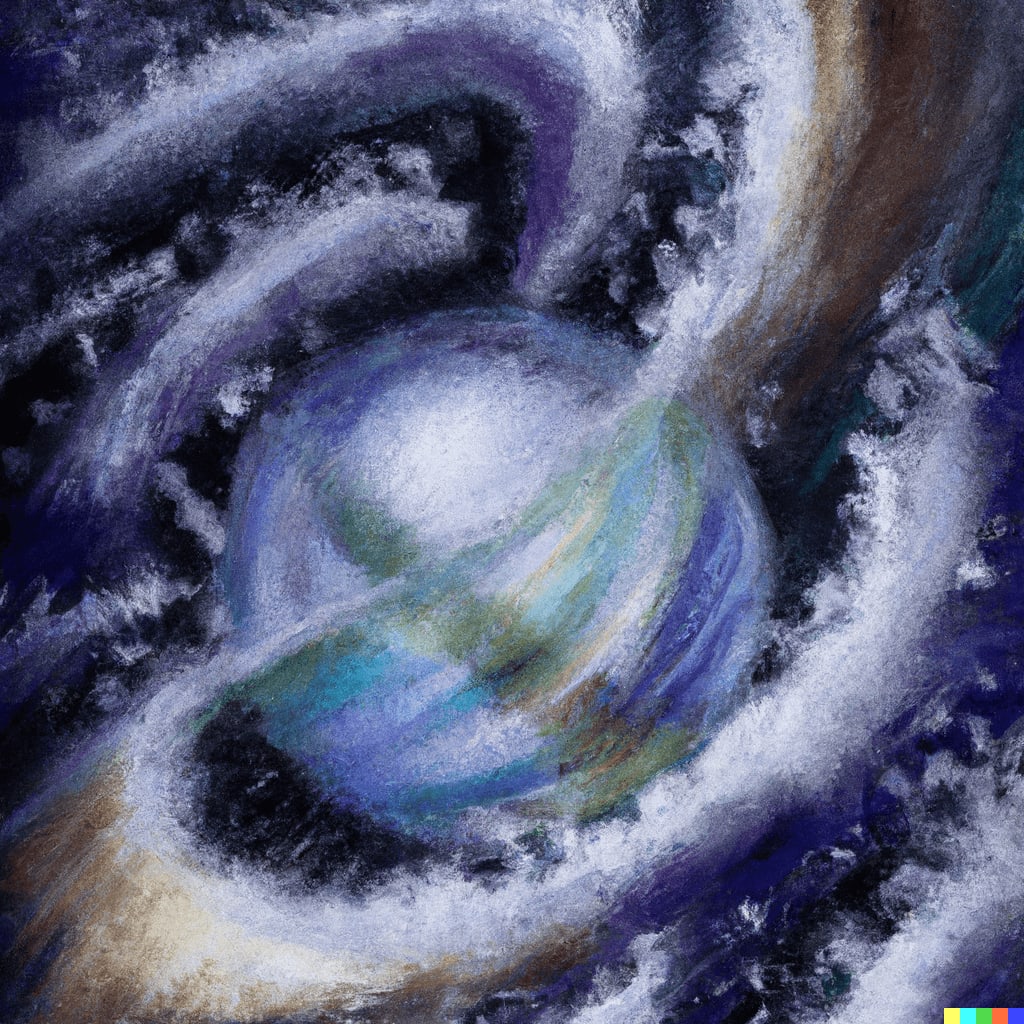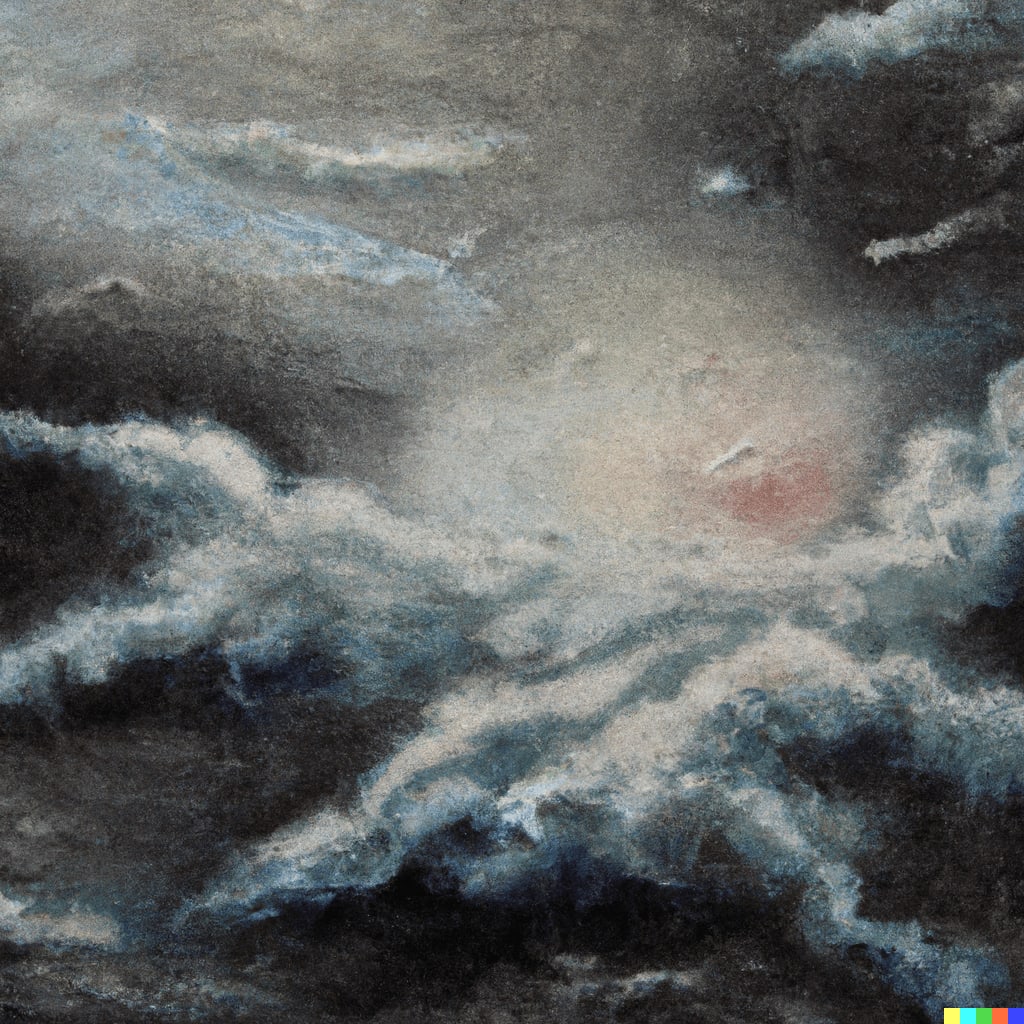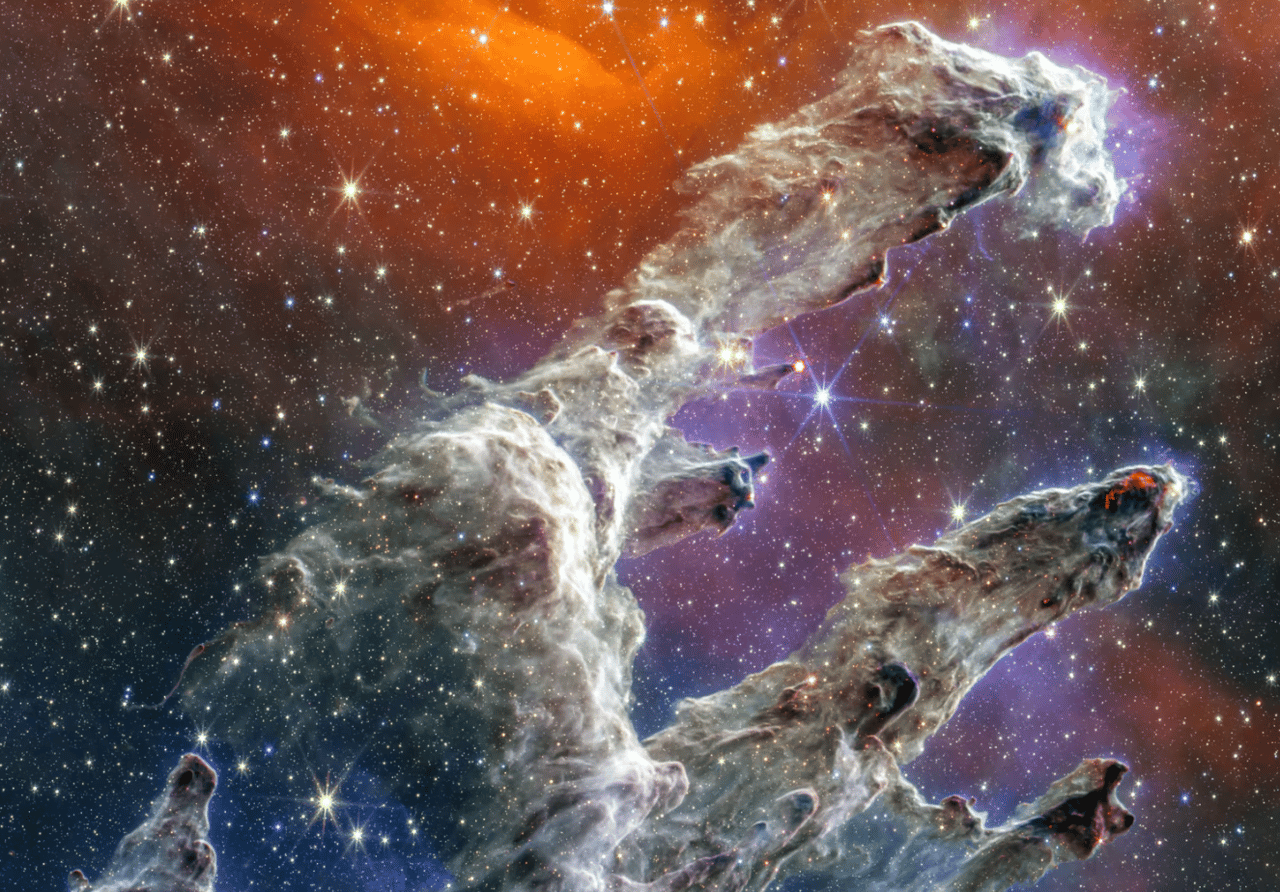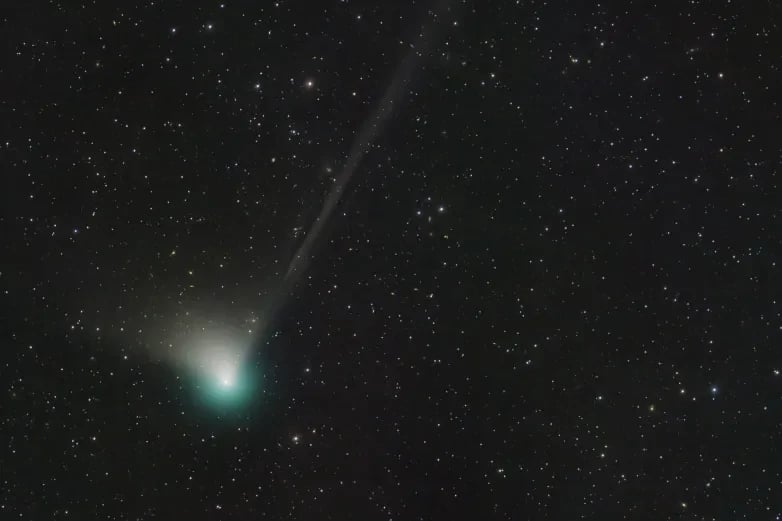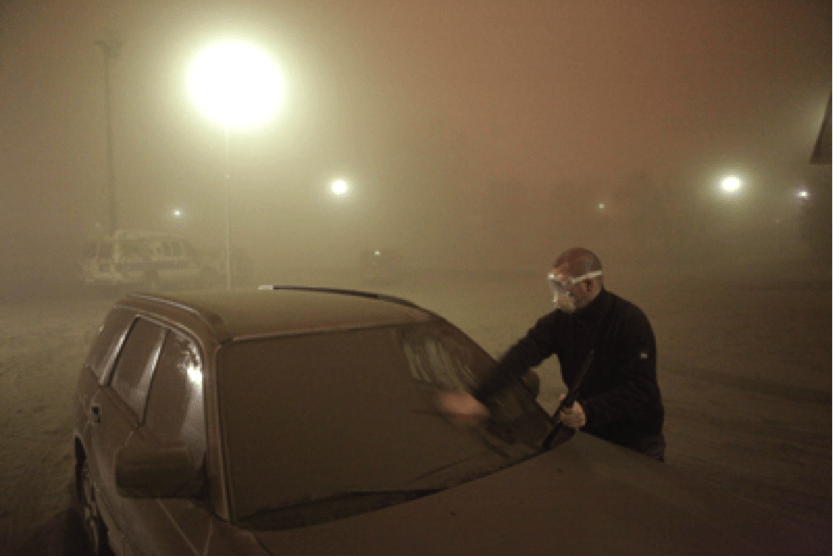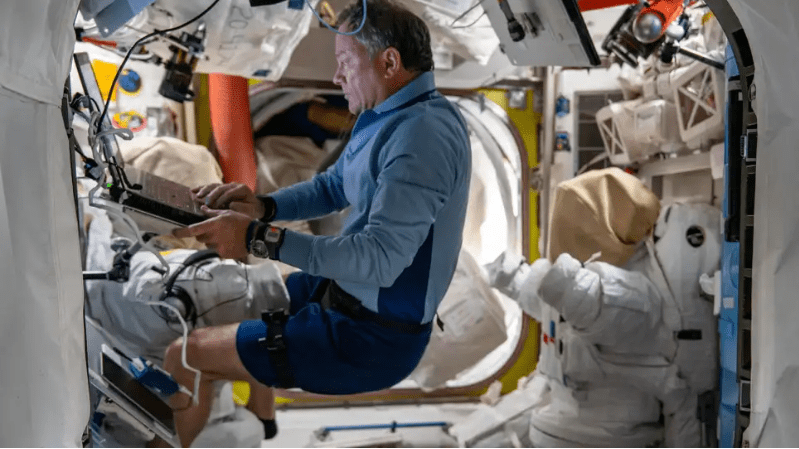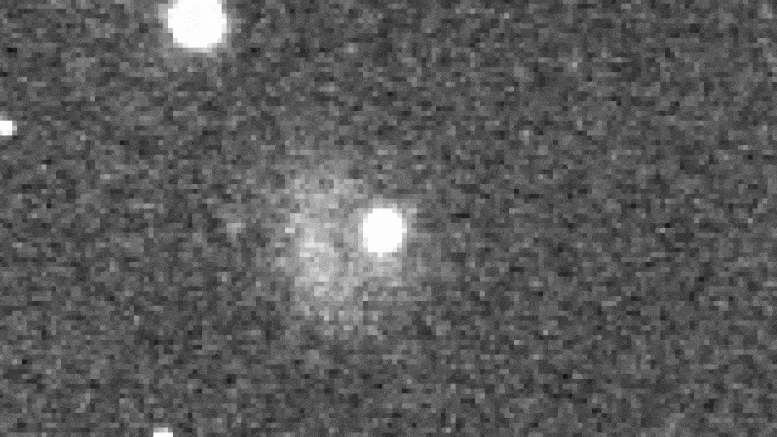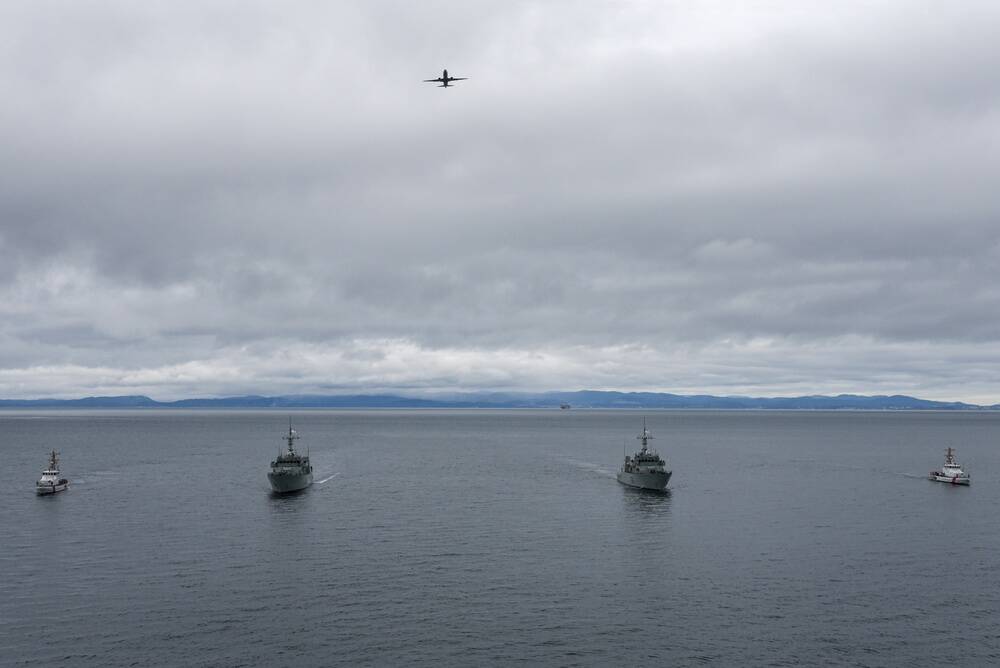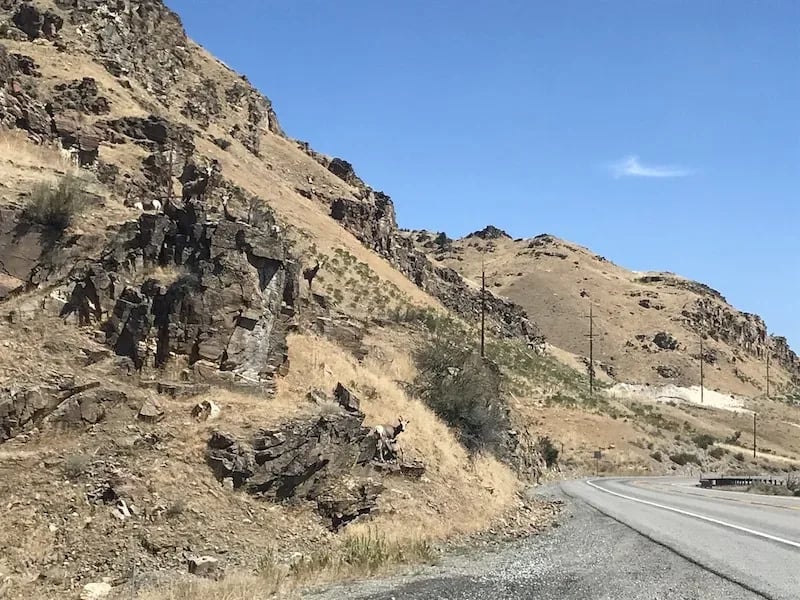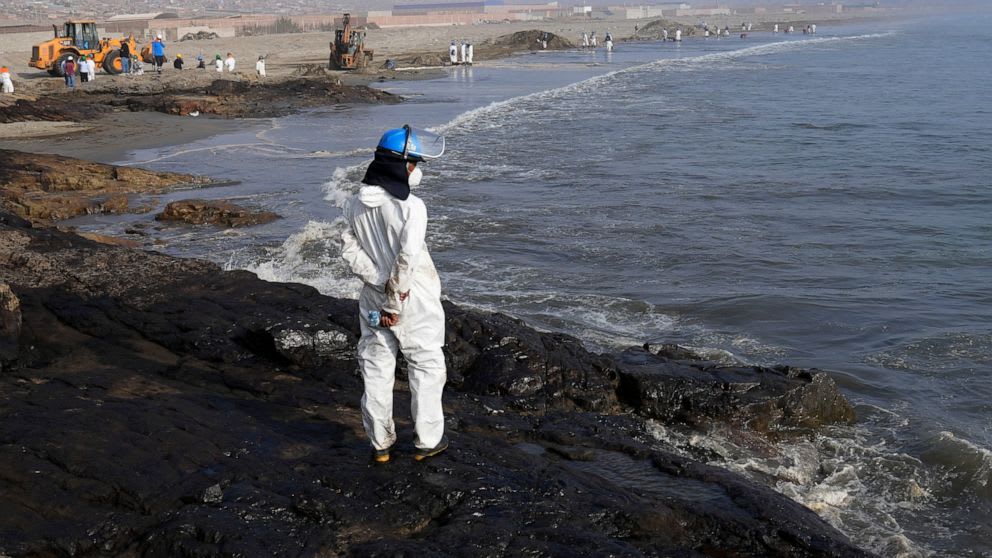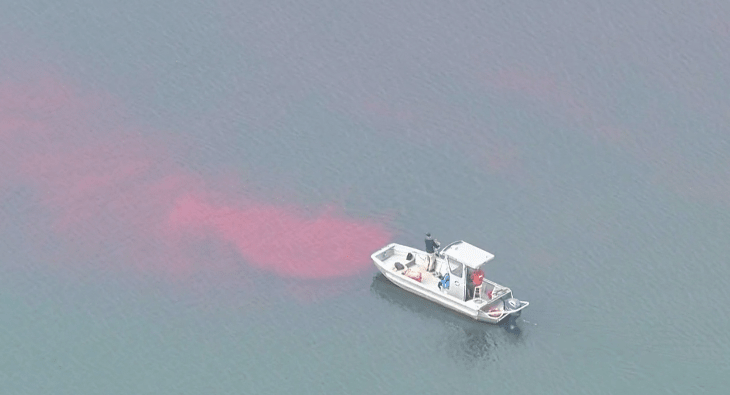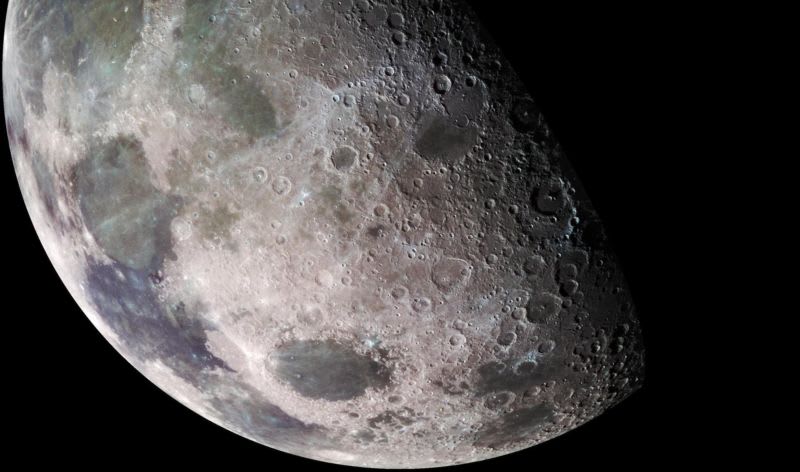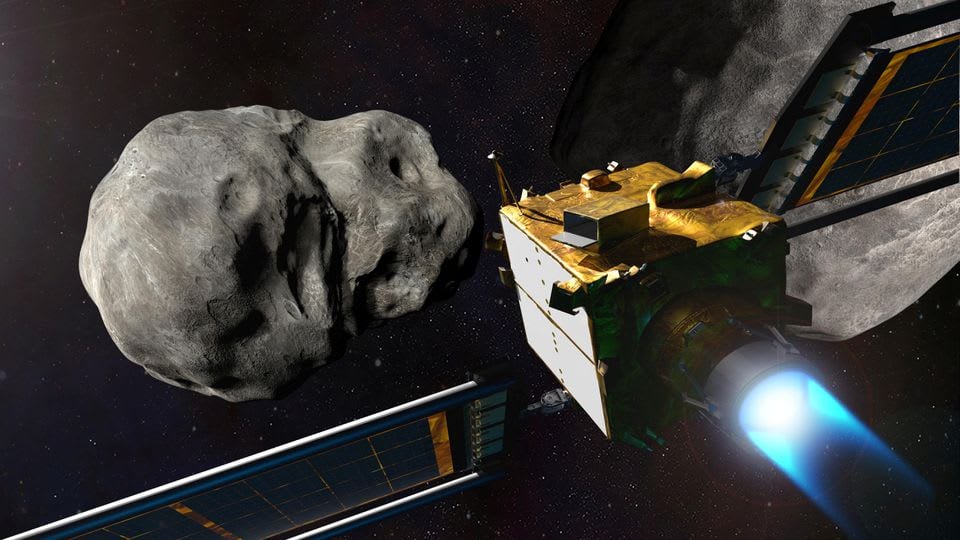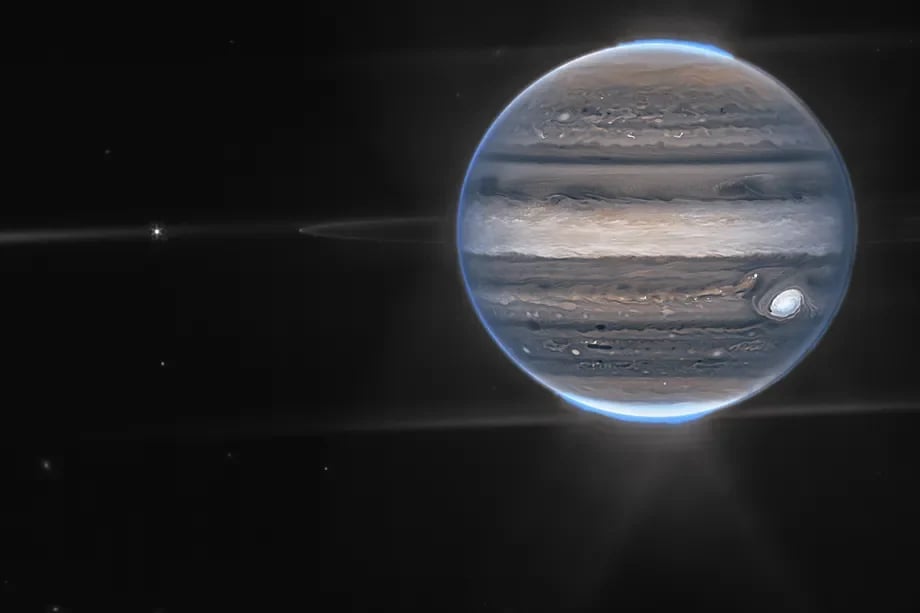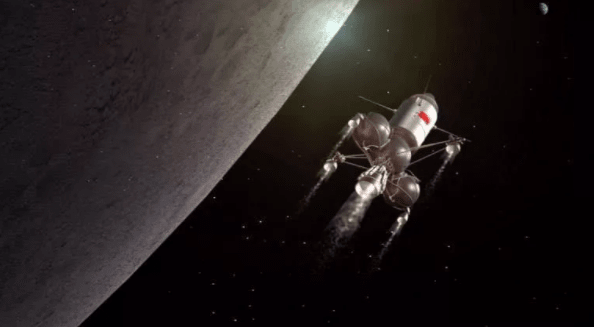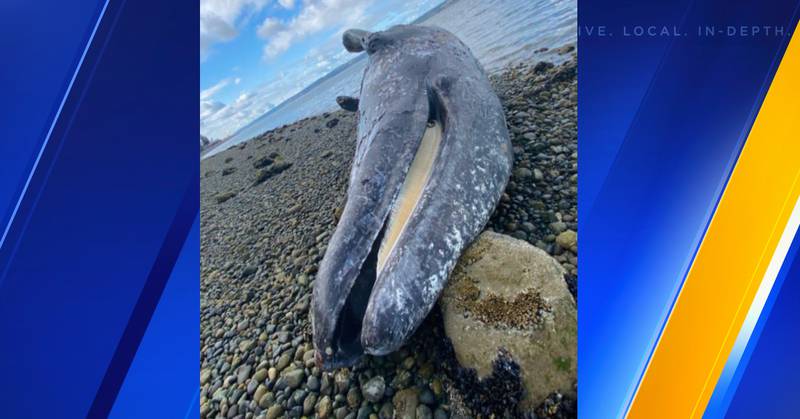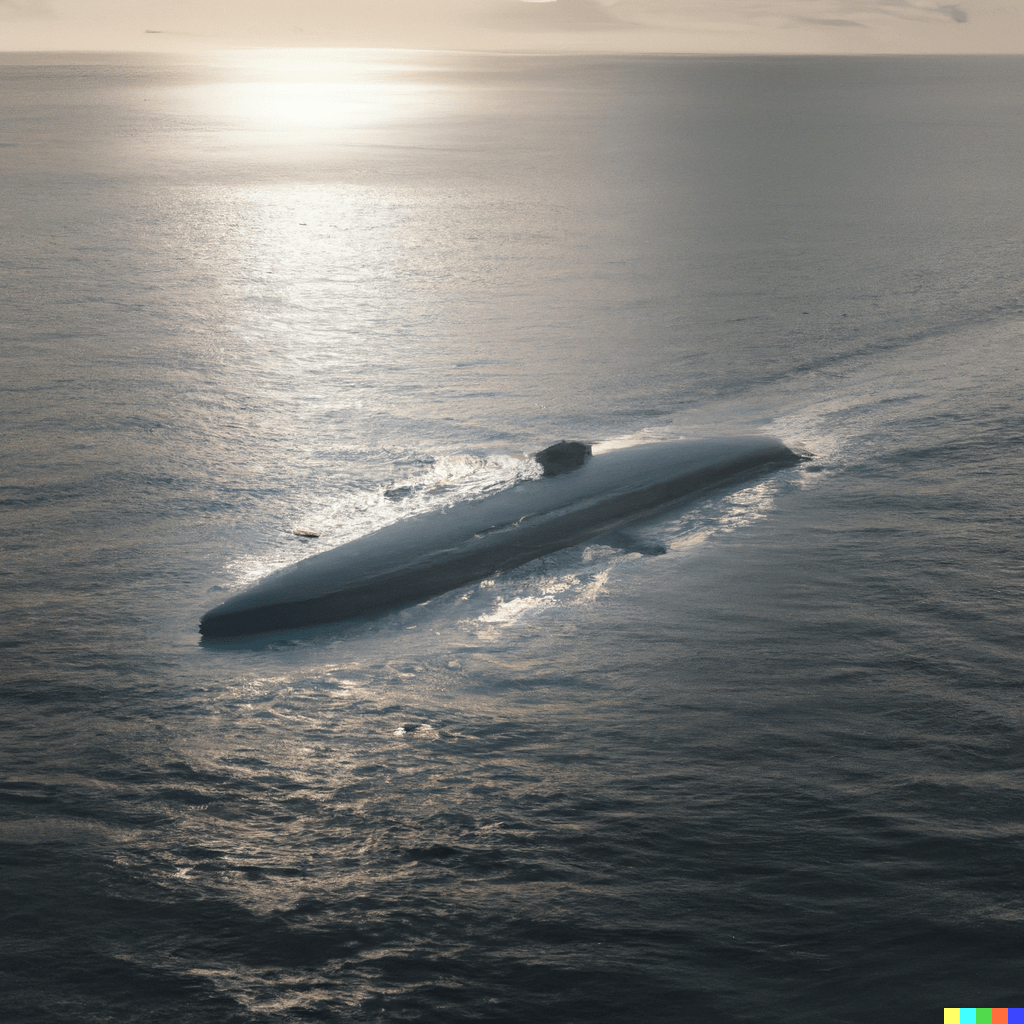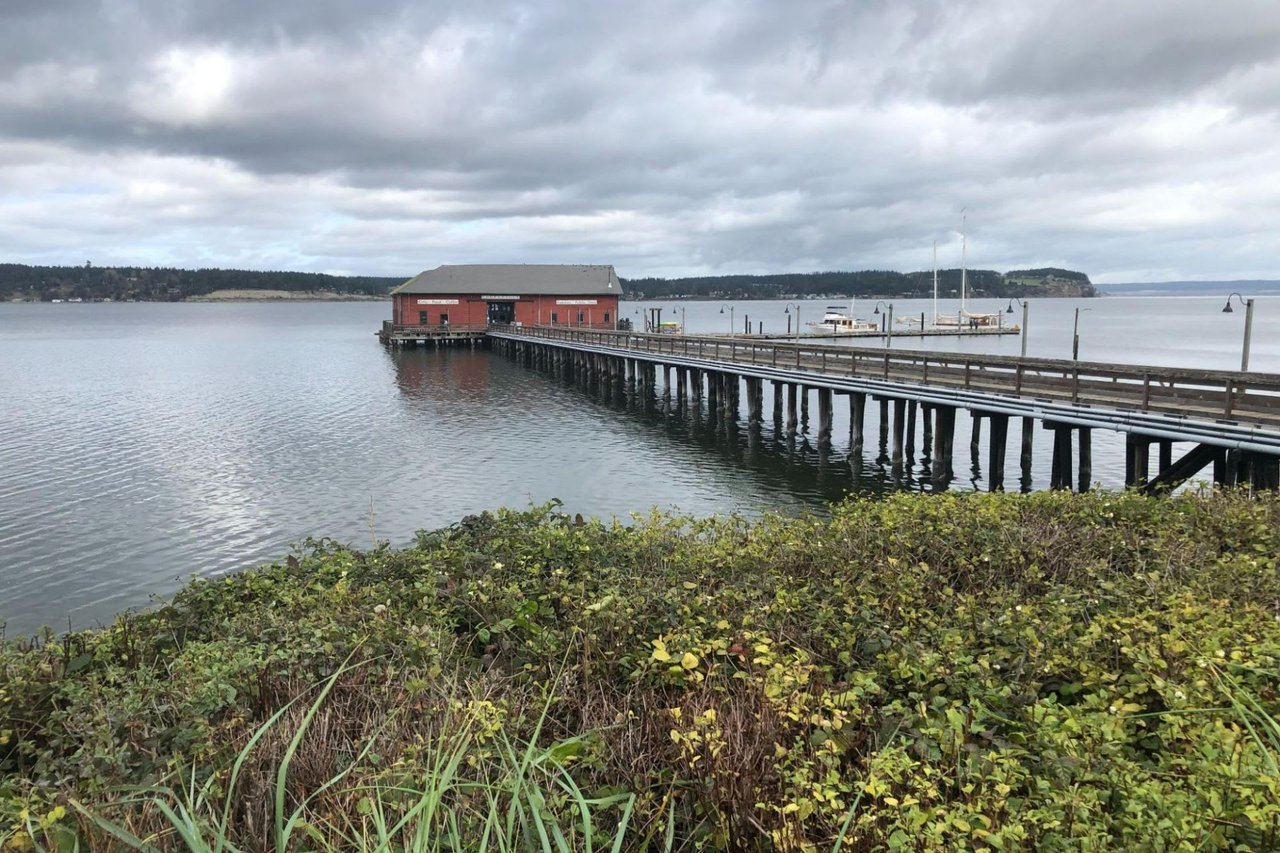Scientists Make Pivotal Discoveries in the Search for Life Beyond Earth
In a series of groundbreaking discoveries, scientists have made significant strides in their quest to unravel the mysteries of the cosmos and the potential for life beyond Earth. Utilizing the powerful capabilities of the James Webb Space Telescope (JWST), researchers have detected a range of intriguing substances in the atmospheres of exoplanets, raising hopes for the existence of extraterrestrial life.
WASP-107b
One remarkable finding involved the detection of silicate sand clouds in the atmosphere of WASP-107b, a "fluffy" exoplanet located approximately 200 light-years from Earth. This discovery, published in the journal Nature on July 24th, 2023, marks the first time that scientists have observed clouds of this composition on an exoplanet.
The presence of silicate sand clouds on WASP-107b, along with water vapor and sulfur dioxide, provides valuable insights into the planet's formation and evolution. Scientists believe that these clouds formed in a similar process to water vapor and clouds on Earth, suggesting that WASP-107b shares some similarities with our own planet.
PDS 70
Further expanding our understanding of planetary formation, scientists have also detected water vapor in the PDS 70 planetary system, located 370 light-years away. This discovery, published in the journal Nature, represents the first detection of water in the terrestrial region of a disk already known to harbor two or more protoplanets.
The detection of water vapor in the PDS 70 system raises intriguing questions about the origin of this essential substance. Scientists are exploring two possible scenarios: either the water molecules are forming in place through the combination of hydrogen and oxygen atoms, or ice-coated dust particles are being transported from the outer disk to the inner disk, where the water ice sublimates into vapor.
This discovery is particularly surprising given that the ultraviolet light emitted by the star in the PDS 70 system should typically break apart water molecules. However, scientists believe that surrounding material, such as dust and other water molecules, may act as a protective shield, allowing the water to persist.
Continuing their search for extraterrestrial water, scientists have also detected water vapor in a "planet-forming" region of a distant star using the JWST. This groundbreaking observation, published in the journal Nature, marks the first time that astronomers have found extraterrestrial water in an area where planets are on the verge of being formed.
The detection of water vapor in the PDS 70 system, located 370 light-years from Earth, holds significant implications for our understanding of how planets form and the potential for life to arise. Scientists believe that this discovery could shed light on the early stages of Earth's own development and the potential for similar processes occurring elsewhere in the universe.
K2-18b
In another remarkable discovery, researchers using the JWST have detected dimethyl sulfide (DMS) on a faraway planet named K2-18b. This molecule is only produced by life on Earth, so its detection could be a potential sign of extraterrestrial life.
While the detection of DMS is tentative, and further data is needed to confirm its presence, this finding represents a significant step forward in the search for life beyond Earth. The detection of methane and CO2 in K2-18b's atmosphere further strengthens the possibility of a water ocean on the planet, making it a promising candidate for harboring life.
Conclusion
These groundbreaking discoveries, made possible by the JWST's unparalleled capabilities, highlight the potential for finding extraterrestrial life in the vast expanse of the universe. As scientists continue to explore the cosmos with increasingly sophisticated tools, we can anticipate even more remarkable revelations about our own creation and the existence of life beyond our own planet.
Author: Stephen Miller, 11.20.23
The views, information, and opinions expressed in this article are those of the author(s) and do not necessarily reflect the views of livingonwhidbey.com, its subsidiaries, or its parent companies.
Copyright © 2023
references:
Greicius, Thomas. "James Webb Space Telescope Sees Sand Clouds in Exoplanet Atmosphere." Space.com, 12 July 2023. https://www.space.com/james-webb-space-telescope-exoplanet-sand-clouds-atmosphere.
National Aeronautics and Space Administration. "Webb Detects Water Vapor in Rocky Planet-Forming Zone." NASA, 25 July 2023. https://www.nasa.gov/centers-and-facilities/goddard/webb-detects-water-vapor-in-rocky-planet-forming-zone/.
Bushard, Brian. "NASA's James Webb Telescope Detects Water Vapor in Distant Planet-Forming Area." Forbes, 24 July 2023. https://www.forbes.com/sites/brianbushard/2023/07/24/nasas-james-webb-telescope-detects-water-vapor-in-distant-planet-forming-area/?sh=4de784e84d3c.
BBC News. "James Webb Space Telescope finds 'haze' of water vapour around alien world." BBC News, 21 July 2023. https://www.bbc.com/news/science-environment-66786611.
MacDonald, Fiona, et al. "A water-rich atmosphere on an exoplanet in the habitable zone of a M8.5 dwarf star." Nature, vol. 614, no. 7964, 2023, pp. 247-251. https://www.nature.com/articles/s41586-023-06317-9.

